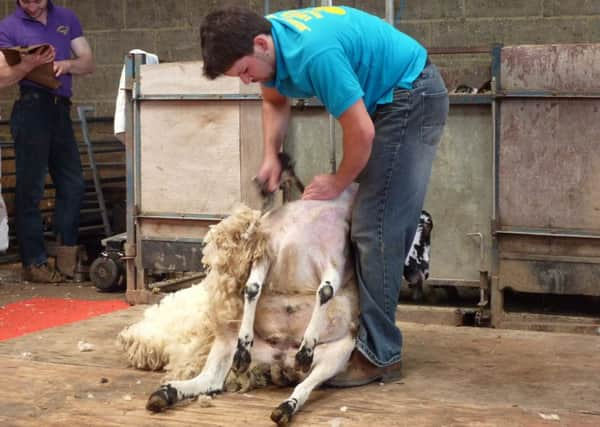FARMING MATTERS: Shearing the sheep flock


Sheep did naturally shed their fleeces a long time ago, before they were farmed, and of course cattle do still naturally shed their hair during the summer months.
But since sheep were bred to keep it on so that it could be harvested as a crop, it now needs to be manually removed .
Advertisement
Hide AdAdvertisement
Hide AdThe loss in wool value is due to several things. All the big churches in the Cotswolds are testament to the time when the wool trade was a huge industry, at a time when wool was the only fabric around.
But since cotton began to be imported in the early 18th century it has been in a decline, and of course in the 20th century artifical fibres all began hammering away and entering a market that was once dominated by wool.
These days sheep are kept mainly for their meat, but their fleeces must be removed in the summer months otherwise they would suffer from flies settling on them and maggots developing.
So the sheep are brought in and the ewes are separated from the lambs, because lambs don’t need shearing.
Advertisement
Hide AdAdvertisement
Hide AdWhile the sheep are collected my husband usually takes the opportunity to worm drench the flock, and put ear tags into the lambs. He also clips and trims their feet if necessary and gives them a pour-on protection against flies.